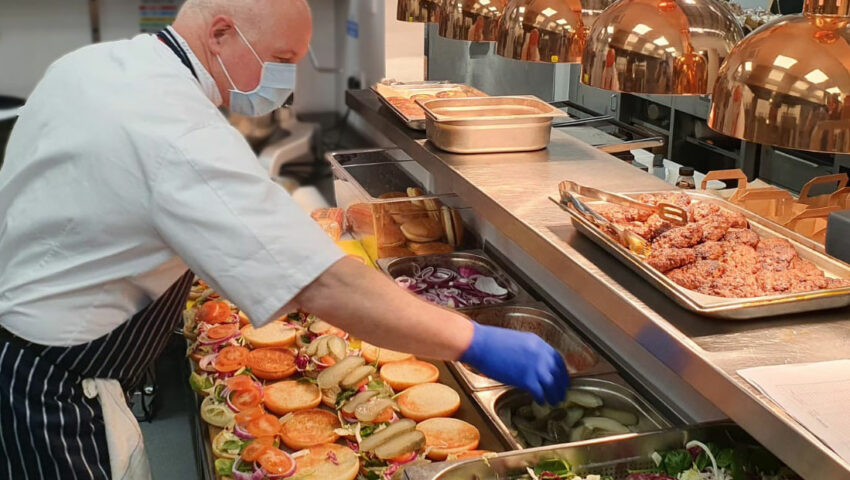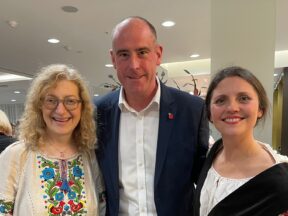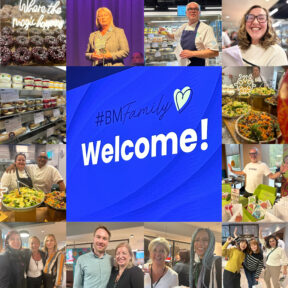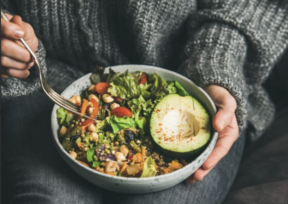Blogs
Catering during a pandemic

There are many webinars and roundtables providing insights into what is happening and what may happen in catering. But who really knows? It’s a moving feast. And no one can accurately predict the future.
Trust
There are many aspects of the COVID-19 journey to consider and one of the big words to consider is TRUST. Not only from customers and clients, but in some ways more importantly the catering team. In most contracts customers know the catering team quite well. Trust has been established in that relationship.
Touch-Points
Another key-word is touch-points. Explaining how we are managing these touch-points, from the kitchen-door delivery to the ‘plate’ is critical.
Work will be different, but life as we know always changes. One thing I know is that caterers are agile, we know how to ‘roll with the waves’ and adapt. Above all we carry on, as we always do. We do what’s needed to deliver on time what the customer wants to buy and eat. In this regard our world will not change.
Will the workplace change?
It has continually evolved and coronavirus’ impact will speed up the change. It’s important not to be stuck on ‘what’s the solution for now?’ Ask ‘What are the organisation’s long term needs and how can we adapt to meet them? We are seeing a lot of short-term hasty reactions in this turmoil. A good example of this was on a recent webinar the demise of offices was discussed. A participant said that the average occupancy pre-Covid was less than 50%. So current speculation of 30% occupancy isn’t a huge drop compared to 50%. Buildings were never at a 100% occupancy level!
What companies need to do
What companies need to do now is make sure their workplace is a place where people to want to go to, rather than have to go. Successful businesses have a strong culture. I believe the heart of an organisation can only be cemented with the ability to physically come together. We are all social creatures.
During this pandemic caterers have continued to work in various outlets and businesses. We have adapted, worked successfully within new guidelines and used a lot of common sense. Above all we have stayed calm and carried on.
Communication is key
bm has worked hard to keep the #bmFamily💜💚 team informed about what is likely to happen on return. Training courses and videos have been created showing new ways of working. We will reach out to our team’s families to reassure them. With zoom and home working we have encroached on our team’s home lives even more. We have made sure communicating has been as clear as possible and also fun.
One of our saviours during this event has been the ability to communicate directly to every team member using Yapster. Although we are not physically together, our supportive and informative culture continues.
We are also now looking at the long term and that will sadly include restructuring and losing some team members. For this we are also putting together support packages.
We’ve launched a new way of catering
We launched new ways of working within days of Covid-19 being announced. This has ranged from delivery services to full-on normal hot service, adapted for take-away and good social distancing. We have swiftly implemented a pre-order and delivery app called PearPay.
Continuing to cater at open sites hasn’t meant a reduction in food quality and freshness. We believe that customers will want a safe service they can trust but also tasty food. It isn’t the time to put customers off with bought-in food and a poor replacement service. Customers will be expecting their employers to look after them and show TLC.
What is different?
- Delivery- drop off only and not a delivery to the normal point that you might need to think about and now the delivery will not be taken to the catering area.
- Social distancing – and new ways of working in the kitchen means menus will adapt.
- Think about your team member’s journeys to work. Look at the impact their home life will have on their work life.
- The journey to reduce plastic and disposables is being halted and reintroduction of disposables is significant. Although in our open sites we see customers still prefer metal cutlery to single use disposable cutlery. It’s important how customers collect it and not open access.
- Customer journey – reassuring signs at every touch-point and interaction ensures that customers feel safe.
- Focus on what can be produced to the highest standard creates customer satisfaction with a much smaller number of customers. We can still serve great fresh food.
- PPE sounds scary, but it will become part of our everyday language, so we will all get used to it.
- Awareness of hygiene will be heightened. Training will be critical, teams are having more meetings and clear communication between all parties is even more important. The catering team needs to know how many people are in the building.
This new normal is sooner than you think
To sign off and to show how keen our team are to get back to work I share the information one of our non-furloughed managers wrote. He has been running a small site single handed since March. He posted this on Yapster (our internal communication app). He wanted to provide some reassurance to all his colleagues about what to expect and do when they return to work.
As many of you begin thinking of how to get back to work, I wanted to give a little insight into how we’ve been operating safely for the during lockdown. I’ve taken to calling it ‘anti-social distancing!’ None of the steps we’ve taken are particularly difficult and have cost us very little. Our biggest cost has been on disposables but that’s unavoidable at the moment.
Simple steps:
- Mark lines on the floor for queuing
- Remove chairs to create a safe distance for people who use the seating as a break out area
- Ask your client to open up conference rooms as break-out areas to ease seating issues
- Tailor your menu to provide hand-held food that’s better for customers to take away
- Provide information through posters/notices or in client newsletters. I used the newsletter to let customers working from home know that we are still here and operating if they are on site.
- Walk your site as a customer and think like a customer. What are they likely to touch?
- Remove the need for 2 customers (or any) to touch the same thing
- Use sauce sachets instead of bottles
- At self-serve areas (like the toaster) position plates so a customer only has to grab one plate instead of separating it from a pile
- Provide takeaway cutlery and sachets on a flat surface (like a tray) so a customer can grab one and be confident nobody has rummaged through them
- Listen to your customers! They are observing things you may not see and can give great insight into better ways of doing things.
So while things may seem dire, remember the high street isn’t open. We’ve never had a better opportunity to gain custom. Nobody wants to queue at the supermarket for a £3 meal deal! I’m sure other sites which have been operating during this will agree that it’s difficult at first, but it becomes routine.
It’s just a new way of working that tests how well we can adapt. Nobody does difficult and challenging better than us!
You can find our more about the measures we have put in place here




